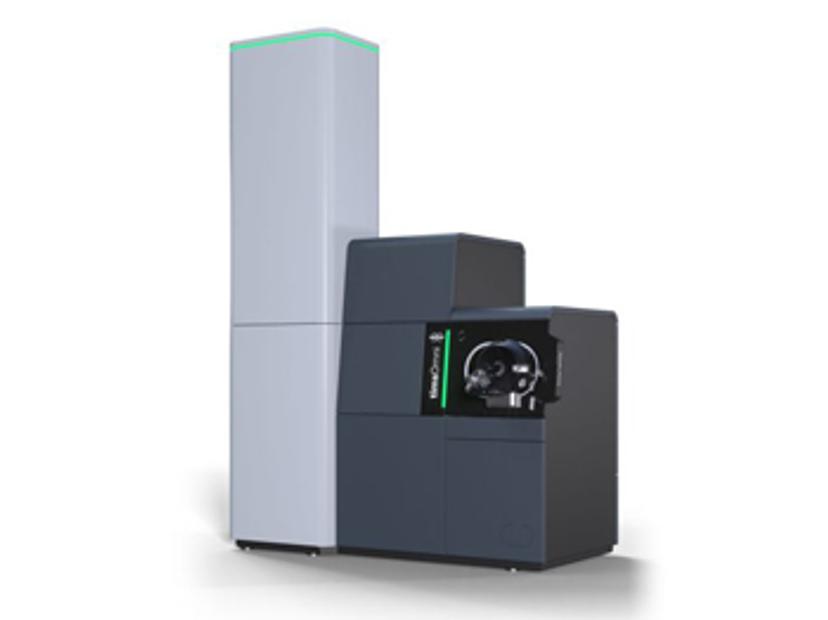Bruker launches revolutionary timsOmni mass spectrometer at ASMS 2025
Enabling functional proteoform sequencing and post-translational modification (PTM) identification and localization with unprecedented depth and speed
4 Jun 2025
At the 73rd Conference on Mass Spectrometry and Allied Topics (ASMS), Bruker Corporation launched the timsOmni™ system, a transformative new timsTOF-based mass spectrometer that offers deep structural insights into the functional or pathological proteoforms or oligonucleotides.
Multimodal eXd trapping with precise electron energy control, ion accumulation, and reaction time regulation is a cornerstone innovation of the timsOmni™ platform. This also enables collision-induced unfolding (CIU), further expanding the value of proteoform collisional cross-section (CCS) information, followed by multiple electron-based (ECD, EID) and collision-based (CID) fragmentation techniques.
Designed for scientific, drug discovery, and clinical researchers, as well as for advanced QC on biologics, the timsOmni™ uniquely enables researchers and developers to tailor information-rich dissociation pathways for deeper insights - with high speed and high sensitivity.
The ‘Swiss-army knife’ type flexibility of the timsOmni™ top-down capability enables the identification of low-abundant, aberrant proteoforms, the structurally altered versions of proteins arising from genetic mutations, alternative splicing, or post-translational modifications. These can deviate from normal physiological forms, disrupting protein function, misfolding, or aggregation, and often play critical roles in the onset and progression of human diseases, including cancer, neurodegeneration, cardiovascular disorders, and autoimmune conditions.
The Omnitrap’s signature high-sensitivity, high-speed, multimodal eXd capability is particularly powerful for mapping PTMs, such as histone proteoforms (H3:1K14ac) that play a crucial role in regulating gene expression by altering chromatin structure and controlling access to the DNA.
Other PTMs like glycosylation critically influence protein folding, stability, transport, and cell signaling interactions, and detailed top-down or middle-down sequencing of complementarity-determining regions (CDRs) in humoral and therapeutic antibodies are important in cancer, autoimmunity and biologics development.
The timsOmni™ is supported by OmniScape™, Bruker’s next-generation top-down proteomics software that features algorithms for de-isotoping complex spectra, automated charge state assignment, de novo protein sequencing support, and sequence confirmation.
These key features provide unrivaled benefits for the accurate identification of proteoforms, post-translational modifications, and non-canonical proteins. OmniScape™ transforms complex eXd fragmentation spectra into actionable biological insights — empowering researchers to navigate the new world of functional proteoformics.
The timsOmni™ comes with the new NEOS off-line nanoESI for the extremely low infusion flow rates required for the study of protein complexes, allowing for extended analysis of scarce samples. The NEOS source works with coated and non-coated emitters. Additionally, the timsOmni™ retains the high sensitivity of the timsTOF Ultra 2 for nLC dia-PASEF high-throughput bottom-up 4D-proteomics.
The timsOmni™ ushers in a new era of functional proteomics, setting the stage for landmark discoveries in ‘Proteoformics’, and advancing a transformative new paradigm in protein research as it illuminates protein function through the deep sequencing of proteoforms, humoral and multi-specific antibodies, and other complex biomolecules.
Want the latest science news straight to your inbox? Become a SelectScience member for free today>>
